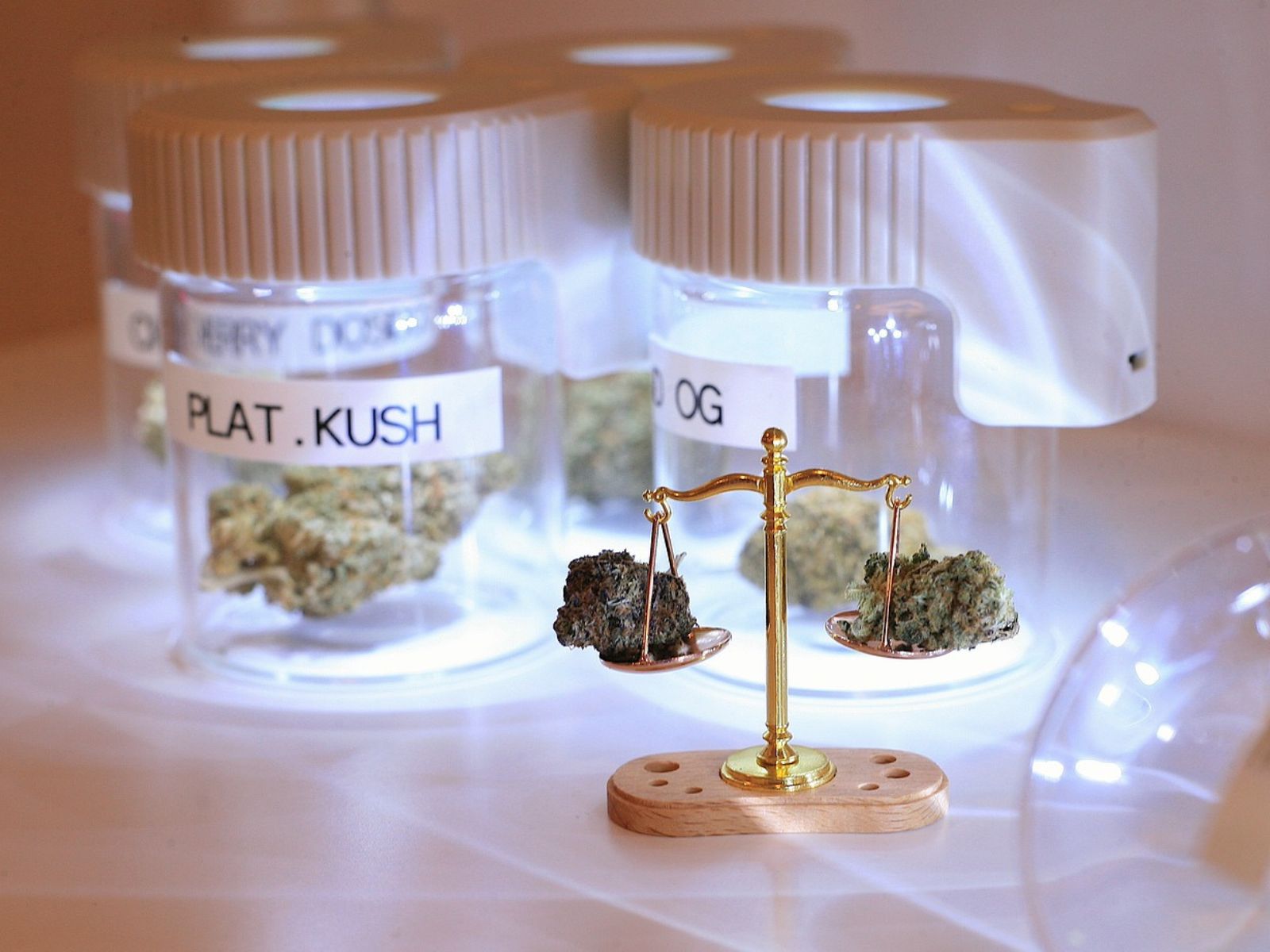Medical cannabis was first legalized via ballot initiative in 2004, and voters approved a recreational cannabis legalization measure in 2020. As of January 1, 2022, cannabis became legal to purchase in the state of Montana by individuals 21 and over.
The Montana Department of Revenue issues separate licenses for cannabis cultivators, manufacturers, dispensaries, transporters, and testing laboratories. The Department issues 13 different cultivation or “canopy” licenses for cultivation facilities of different sizes.
A recent proposal by the Montana Economic Affairs Interim Committee would place a freeze on the issuance of new cannabis business licenses in Montana until 2027. According to original reporting by KULR8, “Montana has over 450 dispensaries listed with the Department of Revenue.” Missoula alone is reported to have 51 licensed cannabis dispensaries.
Existing cannabis business licenses in Montana would not be affected by the proposed freeze, and current license holders would be permitted to apply to renew their licenses when they expire. They can also sell an existing license to a different entity.
Per the previously approved provisions contained in Montana HB 701, the first dispersal of public cannabis revenues goes to the Montana Department of Revenue to cover administrative costs ($5.6 million in 2023). Another $6 million goes to the Heart Fund account, which is ‘an initiative helping people heal and end addiction through recovery and treatment.’ The remainder is distributed to the following:
- 20% to Montana FWP
- 4% to Montana state parks
- 4% to trails and recreational facilities
- 4% to non-game wildlife
- 3% or $200,000 (whichever is less) to Veteran Affairs
- $150,000 to law enforcement
- The rest goes into the general fund
The United States adult-use cannabis industry has generated over $20 billion in total tax revenue since the first legal recreational cannabis purchase was made in Colorado on January 1st, 2014 according to a report by the Marijuana Policy Project.
“Through the first quarter of 2024, states have reported a combined total of more than $20 billion in tax revenue from legal, adult-use cannabis sales. In 2023 alone, legalization states generated more than $4 billion in cannabis tax revenue from adult-use sales, which is the most revenue generated by cannabis sales in a single year.” the Marijuana Policy Project stated in a press release.
79% of people living in the United States lived in a county with at least one regulated cannabis dispensary according to an analysis by the Pew Research Center. The Pew Research Center also found the following:
- 74% of people in the U.S. live in a state where recreational or medical cannabis is legal
- There are nearly 15,000 cannabis dispensaries in the U.S.
- California has the most overall dispensaries (3,659)
- Oklahoma has the most dispensaries per capita (36 dispensaries for every 100,000 residents)
Total legal cannabis sales in the United States are expected to reach $31.4 billion in 2024 according to a recent analysis by Whitney Economics. Additionally, leading cannabis jobs platform Vangst, in conjunction with Whitney Economics, estimates that the legal cannabis industry now supports 440,445 full time-equivalent cannabis jobs in the United States.
Whitney Economics also projects the following legal cannabis sales figures in the United States for the coming years:
- 2024: $31.4 billion (9.1% growth from 2023)
- 2025: $35.2 billion (12.1% growth from 2024)
- 2030: $67.2 billion
- 2035: $87.0 billion
The emerging legal cannabis industry in the United States is projected to add roughly $112 billion to the nation’s economy in 2024 according to an analysis by MJBiz Daily. The projection is part of the company’s 2024 MJBiz Factbook.
“The total U.S. economic impact generated by regulated marijuana sales could top $112.4 billion in 2024, about 12% more than last year,” MJBiz stated in its initial reporting.

